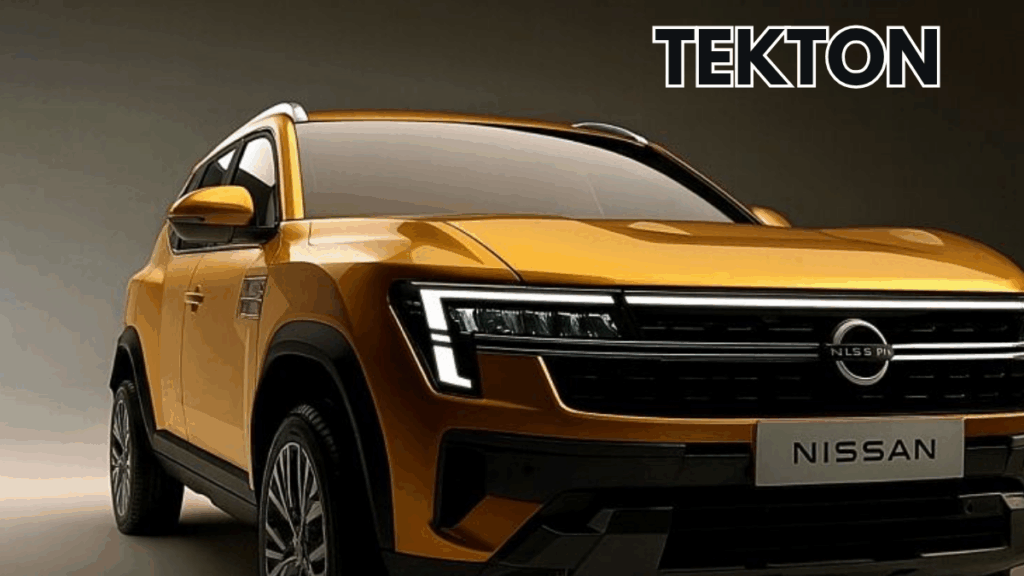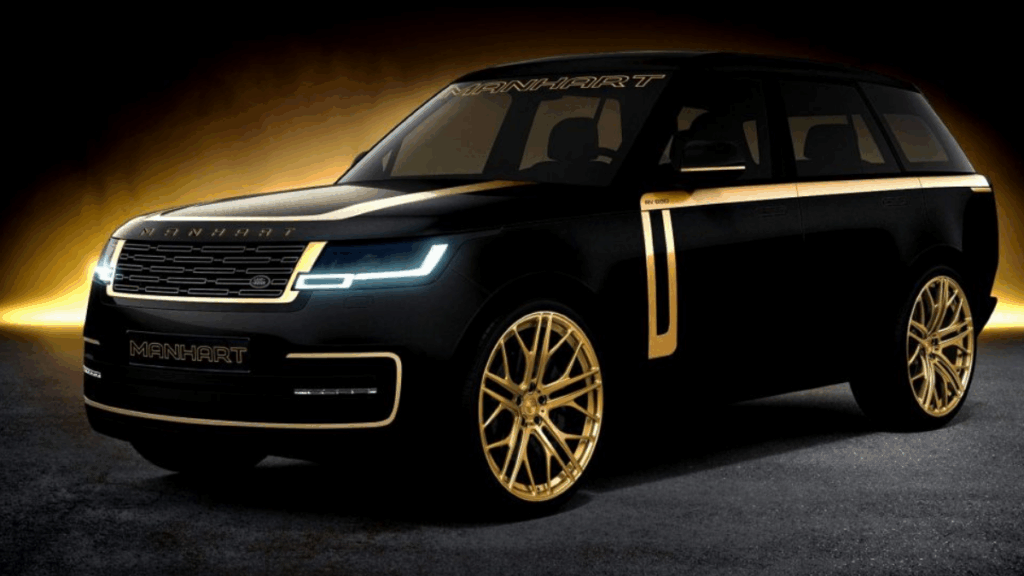Apple’s standard iPhone lineup has traditionally played second fiddle to its Pro counterparts, often receiving features years after they appeared on premium models. With the iPhone 17 (starting at $799), that dynamic has shifted. This year’s model delivers meaningful upgrades, making it a strong contender not only within Apple’s own lineup but also against Android flagships like the Google Pixel 10 and Samsung Galaxy S25.
The iPhone 17 offers a Pro-level 120Hz ProMotion display, better battery life, improved performance, and more storage, all while undercutting the price of the iPhone Air, iPhone 17 Pro, and Pro Max. With this balance of performance and value, the iPhone 17 emerges as Apple’s most well-rounded device and arguably the best choice for most people in 2025.
Design: Elegant Simplicity

Build and Aesthetics
The iPhone 17 continues Apple’s tradition of clean, minimal design. Crafted with Ceramic Shield 2 glass on both the front and back, framed by brushed aluminum, the phone feels premium yet understated. The rear glass is matte with infused color, offering subtle tones of Lavender, Sage, Mist Blue, Black, and White.
It measures 5.89 by 2.81 by 0.31 inches and weighs 6.24 ounces. Compared to last year’s iPhone 16, the difference is negligible in hand, though the iPhone 17 gains a slightly larger 6.3-inch screen. Despite its larger display, it remains the most compact device in the iPhone 17 lineup.
The phone maintains an IP68 rating for dust and water resistance, providing the same durability you’ll find on top Android competitors.
iPhone 17 Quick Summary
Feature |
Details |
|---|---|
Display |
6.3-inch OLED, 120Hz ProMotion, 3,000-nit peak brightness |
Processor |
A19 chip, 6-core CPU, 5-core GPU, Neural Accelerators |
Storage |
256GB (base), up to 512GB |
RAM |
8GB |
Rear Cameras |
Dual 48MP Fusion sensors |
Front Camera |
18MP with Center Stage, Dual Capture |
Battery Life |
“All-day” with 25W wireless / 40W wired fast charging |
Durability |
Ceramic Shield 2, IP68 water and dust resistance |
Starting Price |
$799 |
Official Site |
Buttons and Ports
Apple has kept the familiar layout:
- Left side: Action button, volume up, volume down
- Right side: Power button and Camera Control button
- Bottom: USB-C (v2.0), speaker grille, and microphone
The buttons have strong tactile feedback, though the Camera Control feels slightly smoother. A notable limitation remains: while the Pro models boast USB 3.0 transfer speeds, the iPhone 17 is still limited to USB 2.0 at 480Mbps.
Display: Bright and Smooth
One of the biggest upgrades is the new 6.3-inch OLED ProMotion display. With a resolution of 2,622 x 1,206 pixels at 460ppi, it offers sharp visuals with Apple’s Dynamic Island and Face ID integration.
The refresh rate finally jumps to 120Hz, making scrolling, animations, and gaming fluid and responsive. Brightness has also been dramatically boosted from 2,000 nits on the iPhone 16 to 3,000 nits, ensuring excellent visibility even in direct sunlight.
The result is a display that feels both premium and practical, rivaling what was previously exclusive to Pro-level devices.
Performance: Reliable Power
A19 Processor
The iPhone 17 is powered by Apple’s A19 chip, featuring a six-core CPU, five-core GPU, and Neural Accelerators for each GPU core. This architecture significantly improves AI task handling, a growing focus for Apple.
While the iPhone Air and Pro models feature the A19 Pro with additional GPU cores, the iPhone 17 still outperforms most Android rivals, including the Pixel 10, in benchmark tests.
Memory and Storage
For the first time, the base iPhone comes with 256GB of storage, double that of the iPhone 16. It also includes 8GB of RAM, compared to 12GB on the Air and Pro models. Storage is expandable up to 512GB, though there’s no 1TB option reserved for Pro buyers.
Everyday Use
In daily use, the iPhone 17 feels snappy and responsive. Apps launch instantly, multitasking is seamless, and intensive gaming benefits from the smooth 120Hz display. Even without the vapor chamber cooling found in Pro models, the phone remains comfortably cool during extended sessions.
Battery Life and Charging
Apple continues its claim of “all-day battery life”, with real-world tests supporting it. Streaming, social media, calls, and light gaming easily carry the device from morning to night.
Charging options include:
- 25W MagSafe wireless charging (up from 20W last year)
- 40W wired charging, delivering 50% in just 20 minutes
This makes the iPhone 17 more convenient for on-the-go users who need a quick recharge.
Cameras: Good Enough for Most Users
While the iPhone 17 does not match the triple-lens setup of the Pro models, its dual-camera system delivers excellent results.
- Rear Cameras: Dual 48MP Fusion cameras (main + ultra-wide)
- Front Camera: 18MP with Center Stage auto-framing
- New Mode: Dual Capture for simultaneous front and rear video
Photos default to 24MP, balancing detail and brightness, while low-light shots remain crisp with accurate colors. The Center Stage front camera is particularly impressive for video calls, automatically adjusting framing to keep you centered.
For most users, the iPhone 17’s camera system is more than capable, though professionals may still prefer the Pro lineup’s telephoto zoom and ProRAW support.
Competition
- Google Pixel 10 ($799): Strong camera performance with 5x telephoto zoom and AI-driven features, but heavier and bulkier than the iPhone 17.
- Samsung Galaxy S25 ($799): Lightweight and powerful, with excellent battery life, but fewer upgrades from its predecessor.
Both rivals are compelling, but neither offers the seamless integration of hardware, software, and ecosystem that Apple delivers.
Final Verdict
The iPhone 17 represents the most substantial upgrade to Apple’s standard iPhone in years. With a Pro-level display, boosted storage, refined design, and powerful performance, it sets a new standard for base models.
For users coming from an iPhone 13 or older, the iPhone 17 will feel like a massive leap forward. Even iPhone 16 owners may find the upgrades worth the jump. At $799, the iPhone 17 delivers unmatched value in Apple’s 2025 lineup.
Our verdict: The iPhone 17 is the best iPhone for most people this year.
FAQs
Q1: Is the iPhone 17 worth upgrading from the iPhone 16?
Yes. The jump to a 120Hz display, larger storage, and better cameras makes it a solid upgrade even from last year.
Q2: How does the iPhone 17 compare to the iPhone Air?
The Air offers a slimmer design and A19 Pro chip but costs $200 more. For most people, the iPhone 17 delivers better value.
Q3: Does the iPhone 17 support ProRAW photos and ProRes video?
No. These advanced formats remain exclusive to the Pro and Pro Max models.
Q4: How is the iPhone 17’s battery life in daily use?
It comfortably lasts a full day of mixed use, with quick charging options to top up when needed.
Q5: Does the iPhone 17 support SIM cards?
US models use eSIM only, while international models may still include a physical SIM tray.
For More Information Click HERE






